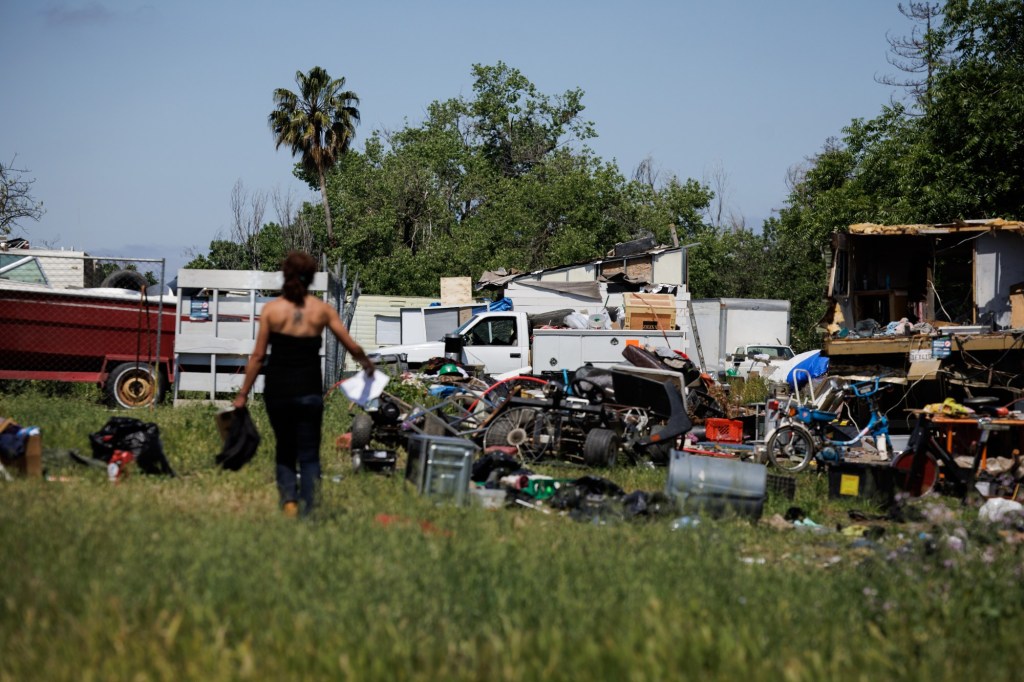California’s homeless population grew 6% this year to more than 181,000 people–by far the largest estimate of any state, accounting for nearly three in 10 unhoused people nationwide, according to new federal data.
The increase comes as public frustration is mounting over California’s struggle to curb homelessness despite unprecedented billions spent in recent years to get people off the street.
Experts and advocates say that while drugs and mental health play a significant role, the homelessness crisis will persist until the state can reverse its intensifying affordable housing shortage. Between 2000 and 2021, California’s typical rent swelled 38% while renter income rose only 7%, according to researchers with the nonprofit California Housing Partnership.
“California’s homelessness crisis is being driven by the same factors that are driving the crisis in the rest of the country, but driven to the extreme,” said Alex Visotzky, senior California policy fellow with the nonprofit National Alliance to End Homelessness.
The U.S. homeless population increased by 12% between 2022 and 2023 to more than 650,000 people — the highest total since the Department of Housing and Urban Development began collecting the data in 2007. The bump in the state and nationwide numbers followed rising housing costs across the country and the expiration of pandemic emergency programs, including expanded unemployment assistance, rental aid and eviction moratoriums.
In the Bay Area, homelessness increased just 1% in Santa Clara County, 4% in Contra Costa County, and declined 4% in San Francisco, according to previously released local data. Officials there said building more affordable and supportive housing, coupled with pandemic aid, helped prevent a surge. Emergency eviction protections in California also lasted longer than in most of the rest of the country.
“The common factor in all of those places where they’ve flattened the curve is they’ve invested in…
Read the full article here







